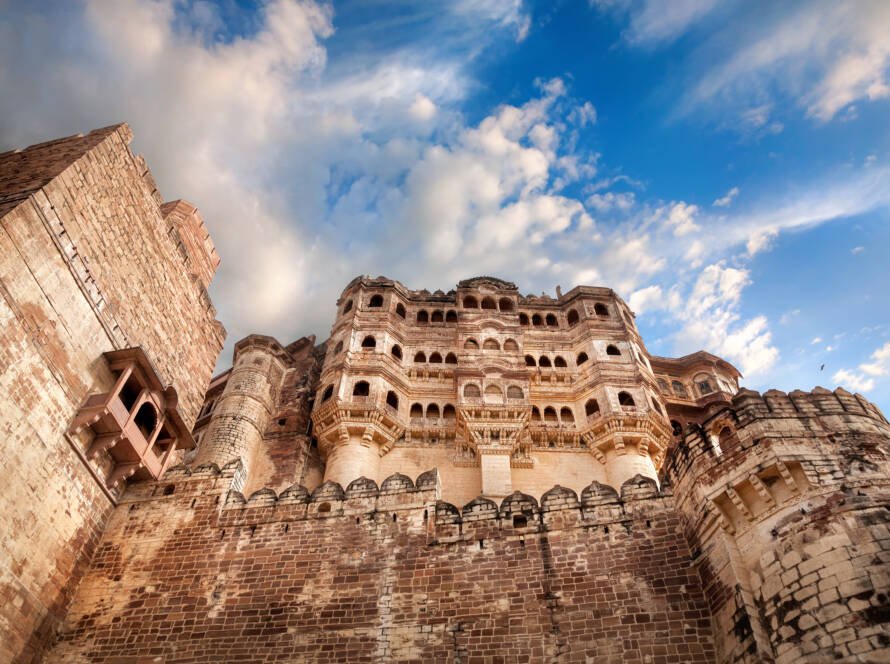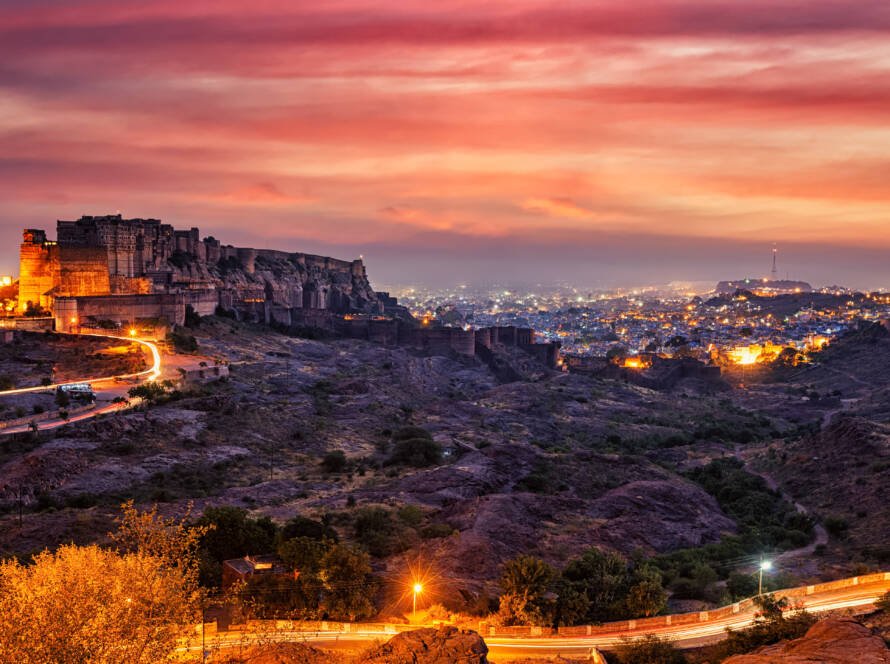In the annals of ancient Indian history, few structures embody the opulence and architectural splendor of a bygone era as strikingly as the palaces of Mysore. Nestled in the heart of Karnataka, the Mysore Palace stands as a resplendent example of Indo-Saracenic architecture—a harmonious blend of Hindu, Islamic, Gothic, and Rajput influences. Constructed in the 14th century CE, this iconic palace has been the seat of the Wodeyar dynasty for centuries, each ruler leaving their mark on this architectural masterpiece. As you approach the Mysore Palace, you are greeted by a vision of grandeur that echoes the rich cultural and historical legacy of its time.
Architectural Splendor and Design
The Mysore Palace is a testament to the architectural ingenuity that characterized the royal residences of ancient India. Its design is an exquisite amalgamation of various architectural styles, reflecting the eclectic tastes of the Wodeyar kings. The palace’s facade, with its intricate carvings and ornate decorations, showcases the delicate craftsmanship of the era. The Indo-Saracenic style, with its fusion of Hindu, Islamic, Gothic, and Rajput elements, creates a visually stunning and harmonious structure that stands out amidst the landscape.


One of the most captivating features of the Mysore Palace is its Durbar Hall. This grand space, adorned with exquisite paintings and intricate mirror work, serves as a focal point of the palace’s opulence. The hall’s high ceilings and ornate chandeliers reflect the grandeur of the royal ceremonies and events that were once held here. The stained glass windows, which bathe the interior in a kaleidoscope of colors, add to the hall’s breathtaking beauty.
A Royal Residence with Rich Heritage
The Mysore Palace has been more than just a royal residence; it has been a symbol of the Wodeyar dynasty’s enduring legacy. Over the centuries, the palace has witnessed the rise and fall of empires, the ebb and flow of political fortunes, and the celebration of numerous cultural events. Each ruler of the Wodeyar dynasty has contributed to the palace’s evolution, adding their own unique touches to its design and decor.
One of the most spectacular events associated with the Mysore Palace is the Dussehra festival, during which the palace is illuminated with over 100,000 light bulbs. This annual celebration transforms the palace into a dazzling spectacle of lights and colors, drawing visitors from around the world who come to witness this breathtaking display of royal splendor.

A Cultural and Tourist Hub
Today, the Mysore Palace stands as a cultural and tourist hub, attracting visitors with its architectural beauty and rich history. The palace’s significance extends beyond its aesthetic appeal; it serves as a living museum that offers insights into the lives of the Wodeyar kings and the cultural heritage of Karnataka. Guided tours provide an opportunity to explore the palace’s opulent rooms, detailed artwork, and historical artifacts, offering a glimpse into the regal past of one of India’s most iconic royal families.
The Mysore Palace’s enduring charm and cultural relevance make it an essential part of India’s architectural heritage. Its majestic presence continues to captivate the imagination of those who visit, standing as a testament to the grandeur and elegance of a bygone era. For anyone seeking to understand the richness of India’s royal history and architectural marvels, the Mysore Palace is an unforgettable experience that embodies the timeless allure of Indian heritage.



